The beautiful colors and the play of summer light are typical of the streets of southern villages in the South of France, Italy, or Spain.
A work likely created in 1920 during a trip to these lands by the Breton artist Louis Marie Désiré Lucas.
In excellent condition, it is painted in oil on canvas, signed lower right, and presented in a Montparnasse-type frame with a ceruse patina Trianon patina, measuring 68 cm by 77 cm, and 46 cm by 55 cm for the canvas alone.
It depicts a village street animated by children and figures.
A work of undeniable charm, poetic, luminous, and warm.
Painter and lithographer
Désiré-Lucas was born to a Breton father and a Creole mother.
The family moved to Brest in 1871. He spent every summer in Le Faou.
As a child, he was drawn to painting: "At four, I would run away to the port, where my distraught parents would find me drawing boats."
His first work was La Jeune Ouessantine (1886), oil on canvas, 60 x 50 cm, now in the Brest Museum of Fine Arts. The model was Marie-Hélène Malgorn, born in Ouessant in 1879.
In 1889, he received a scholarship from the city of Brest, which allowed him to enter the Académie Julian in Paris, where he studied under William Bouguereau, Tony Robert-Fleury, and Jules Joseph Lefebvre. He was then admitted to the École des Beaux-Arts in Paris. He made his debut at the 1893 Salon des Artistes Français with portraits of women, receiving an honorable mention in 1897, a 3rd-class medal in 1898, a 2nd-class medal in 1899, and a 1st-class medal as a lithographer in 1909. The rejection of his Ave Maria at the 1896 Salon discouraged him. Gustave Moreau then advised him: "Leave Paris, forget everything you learned there, and return to what you did when you knew nothing." He settled in Vannes with his wife, Marguerite, and devoted himself to reproducing scenes of Breton life. His submissions to the Salons of 1897 (La Tricoteuse), 1898 (Conte de la Grand'mère), and 1900 (Le Vœu du petit bateau) were noted, although the color was considered too dark. He then lightened his palette.
On February 6, 1900, his third child, Maurice Désiré-Lucas, was born, a future post-impressionist landscape artist.
Winner of the bronze medal at the 1900 World's Fair, he received a travel grant the following year, and the French government purchased Bénédicité (Paris, Musée d'Orsay), then L'Homme des champs (The Man in the Fields) in 1903.
He left Vannes for Belz, and charmed by the place, he settled in 1907 at the Kerbervet manor in Ploaré.
He was drafted to Amiens during the First World War.
Désiré-Lucas was influenced by the painting of Paul Cézanne.
He worked in series of paintings, painting the same subjects with different color ranges depending on the light. Winner of the Rosa-Bonheur Prize in 1910, in 1920, he began work on the coastlines and landscapes of the Côte d'Azur, Spain, Italy, and Belle-Île-en-Mer.
In August 1922, he stayed in Ouessant with his student Marie Réol and brought back a series of studies.
He also explored the lively old neighborhoods of Douarnenez to study its inhabitants. He became friends with Paul Abram, and the two painted in Plomarc'h. Désiré-Lucas produced numerous paintings there, including a series of Plomarc'h Beech Groves. The originality of his style was affirmed and characterized by the fiery dynamism of his brushstrokes and the use of a vivid palette.
He also traveled to the region of Cap Sizun and Confort, where he focused on forgiveness. Later, the Crozon Peninsula became his favorite place. He stayed with Marie Réol in Camaret-sur-Mer from 1928. During the interwar period, this place was a meeting place for many artists.
In 1929, he presented the paintings Portrait of Mrs. Aletti and The Bay of Douarnenez at the Salon des Artistes Français.
A few years after the death of his wife, Marguerite, he married Marie Réol in 1942.
The Second World War and then illness immobilized him in Kerbervet. Désiré-Lucas received a medal of honor at the 1936 Salon. He was elected to the Académie des Beaux-Arts of the Institut de France in 1943, in the chair of Jacques-Émile Blanche (painting section), but did not deliver his acceptance speech until May 8, 1946.
In 1948, during the filming of Bernard de Latour's Du Guesclin, he received a visit from Yves Floc'h, with whom he formed a friendship. Floc'h had participated in the set design for the festival organized in the old town of Dinan, accompanied by Claude Marin.
• Salon of French Artists:
o 1897: The Hearth;
o 1899: The Forge;
o 1906: The Children's Luncheon;
o 1907: Woman Sewing.
Works in Public Collections
• Brest, Museum of Fine Arts:
o Portrait of Physician General Clarac, 1933, oil on canvas, 92.3 x 73.5 cm,
o The Oblate, oil on canvas, 111.8 x 96.2 cm,
o The Bay of Douarnenez seen from Sainte Marie du Menez Hom, circa 1942, oil on canvas, 81 x 100 cm,
o On the Small Slipway, Douarnenez, circa 1947, oil on canvas, 81 x 100 cm,
o The Young Ouessantine, 1886, oil on canvas. • Paris, Musée d'Orsay: The Blessing, circa 1901, oil on canvas.
• Péronne, Alfred-Danicourt Museum: The Port of Ondarroa, oil on canvas.
• Quimper, Museum of Fine Arts: The Procession, 1909, oil on canvas.
• Valparaíso, Municipal Museum of Fine Arts: View of Florence, oil on canvas.
• Vannes, Musée de la Cohue: The Port of Camaret, 1830, oil on canvas.





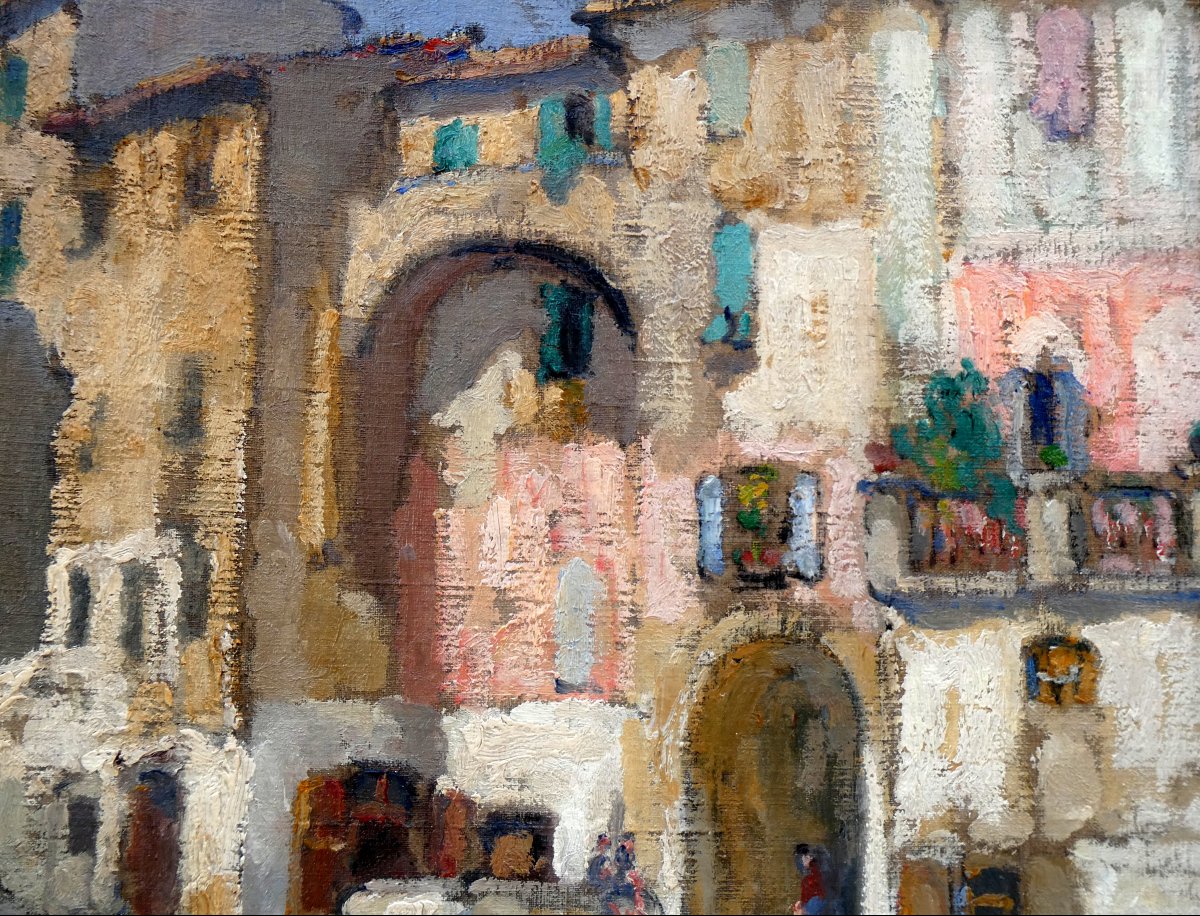

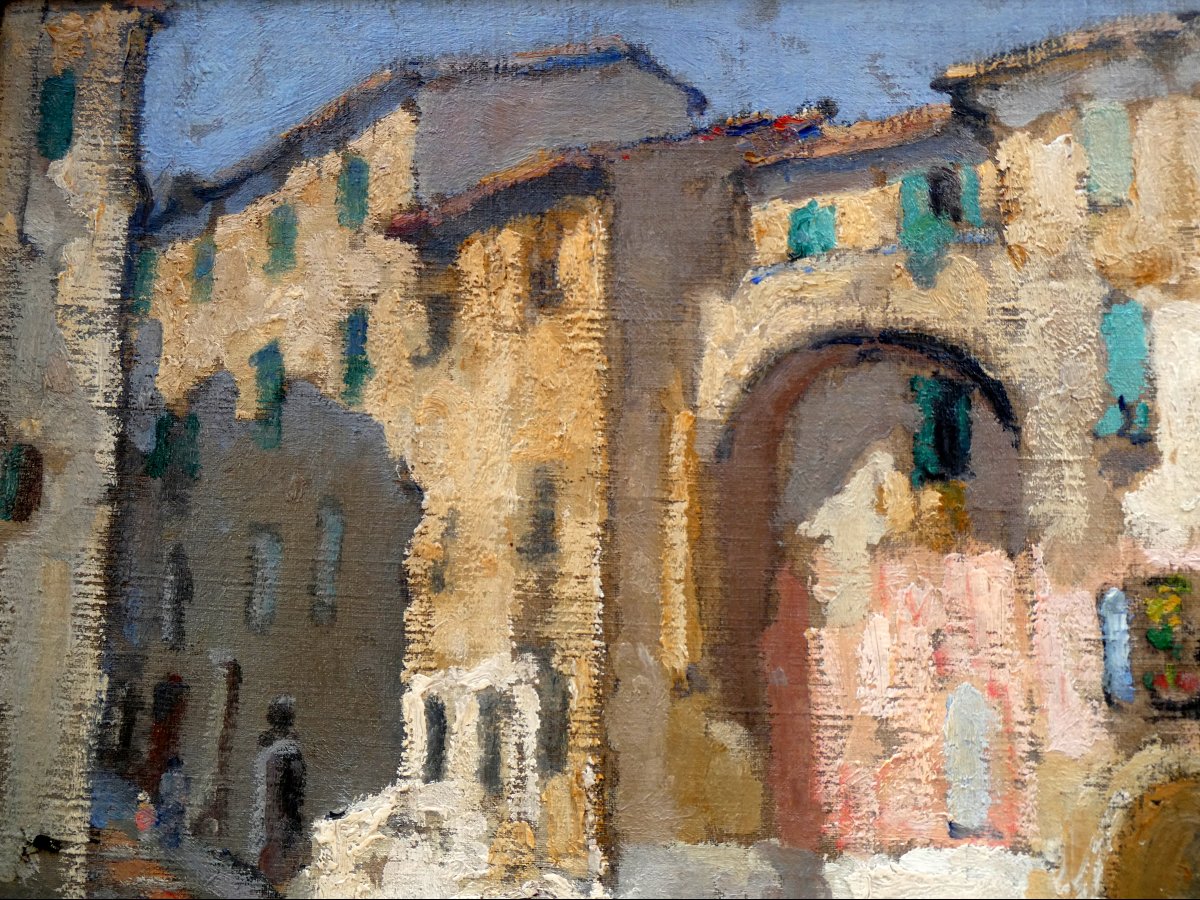




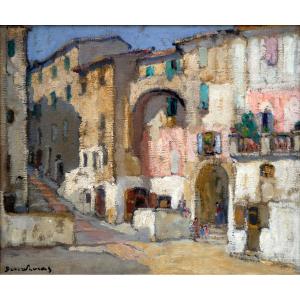











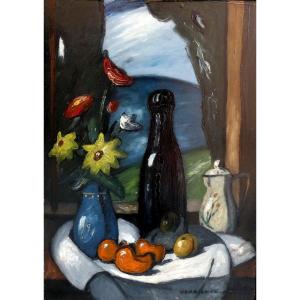
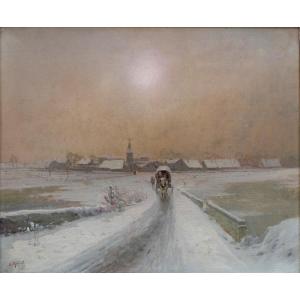


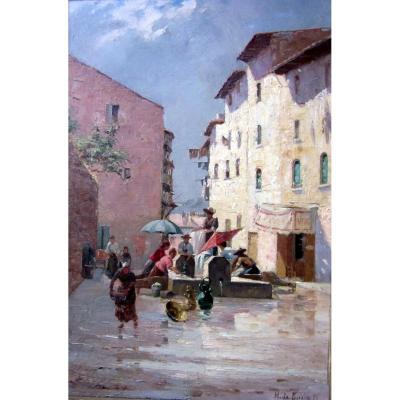

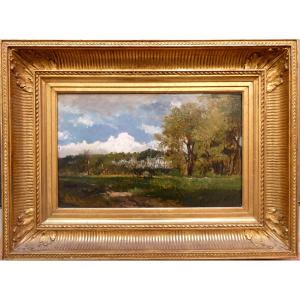


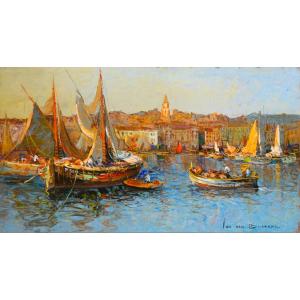
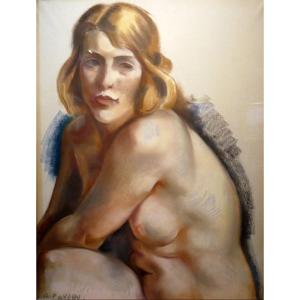

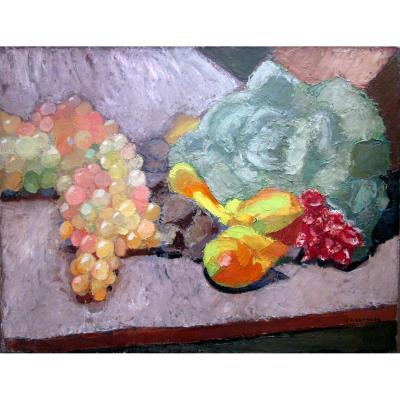









 Le Magazine de PROANTIC
Le Magazine de PROANTIC TRÉSORS Magazine
TRÉSORS Magazine Rivista Artiquariato
Rivista Artiquariato